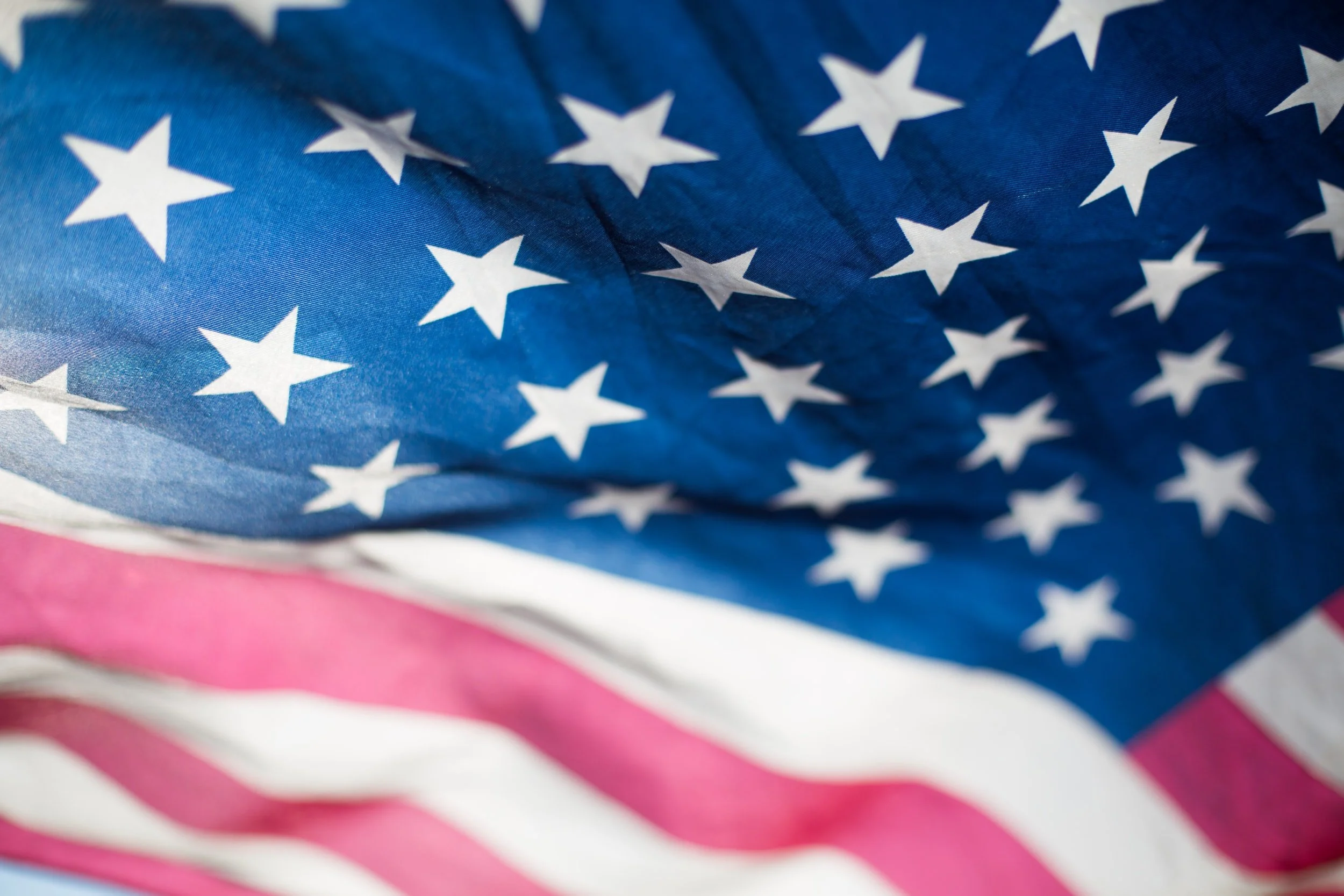Dissonance and Don’t Ask, Don’t Tell
Some say integrate the military slowly, dissonance theory says otherwise.
Since 1993, the Don't Ask, Don't Tell policy that bans openly lesbian and gay men from serving in the U.S. military has resulted in broken careers, diminished morale, and significant slowing of progress toward equality for LGBT people. This week congress may vote on whether or not to repeal this ban. Opponents of the repeal argue that a slower march to achieving equality is called for, and that acceptance from heterosexual service members is required before legislating equality and integrating the military.
Cognitive dissonance theory says otherwise.
Lawmakers can designate sexual orientation as a protected category similar to gender, religion, race, and age. Cognitive dissonance theory argues for changing behavior through legislation, then one's attitudes--which become inconsistent with the individual's new behavior--no longer make sense and therefore change to be consistent with their new, less discriminatory, behavior.
The lessons learned from racial desegregation are useful here. When desegregation of our nation's schools began in the 1950s and 1960s certain conditions facilitated the transition from segregation to integration. Two factors associated with the success of integration policy were: (1) the degree of commitment of politicians, local policymakers, and community leaders to the change; and (2) the perceived inevitability of integration. In those communities where its members understood that integration was inevitable because it would be enforced by law, integration occurred more quickly and smoothly than in those communities where its citizens believed they could avoid integration and where its community leaders were not committed to the change. A similar phenomenon occurred regarding racial integration in the U.S. military. When the armed services became officially integrated, whites who were accustomed to segregated environments outside the military were forced to change their behavior and their prejudiced attitudes subsequently began to change. Their old attitudes and behavior were confronted with a relatively less discriminatory set of norms, and therefore their prejudiced attitudes toward African American soldiers had to change. The military is a hierarchical organization with significant conformity pressure. If the military leadership establishes a norm of integration and equality, there is little use in fighting the change because the weight of the military hierarchy is against you. In this case, pressure to conform compels people to behave the right way.
Note that the logic of changing people's behavior first, then a change in their attitudes follows, is counter-intuitive; most people believe that in order to get someone to change their behavior, they have to be convinced to buy into the cause first by changing their attitudes. This "slow-down-and-wait" approach is how many thought school desegregation should occur-slowly and gradually. Wait for whites' attitudes to change, then integrate slowly. This is how many think the integration of lesbians and gay men in the military should be achieved. However, the theory of cognitive dissonance finds otherwise-force people to change their behavior, then their attitudes will follow.
Unfortunately, our most powerful politicians and legislators have done precisely the opposite with regard to civil rights for lesbians and gay men. President Clinton further codified homophobia and heterosexism in the military when he helped institute the DADT policy. Prior to DADT, women and men who were suspected of being homosexual were expelled from the military. With the instituting of the supposedly more tolerant and gay-friendlier policy of DADT, lesbians and gay men can serve as long as they are not public about their homosexuality and do not engage in homosexual behavior. Ironically, since the passage of DADT, lesbians and gay men are discharged from the military at a higher rate than before DADT. Since 1993, nearly 14,000 lesbian and gay servicemembers have been discharged under this ostensibly more tolerant policy.
Imagine what our country would look like if Presidents Clinton and then Bush had institutionalized protections for lesbians and gay men and not the opposite. Norms of acceptance and tolerance, and more importantly, legislation giving lesbians and gay men an equal footing with heterosexuals would be evolving. Of course, anti-discrimination legislation will not make homophobia swiftly disappear any more than civil rights legislation made discrimination against people of color disappear. However, gay rights legislation would make overt and obvious discrimination inappropriate and illegal. Our country would be moving toward the inevitable evolution of normalizing the value of lesbian and gay servicemembers and legitimizing lesbian and gay existence. If legal acceptance of lesbians and gay men were inevitable, enforced starting with President Obama, down to the Joint Chiefs and so on, the U.S. military would be on its way to establishing new norms of acceptance of lesbian and gay service members.
The stakes are too high, the costs too great, and the prolonged injury too crippling to wait. We can no longer wait for a great conversion experience among bigots, nor can we tolerate halfway measures. End Don't Ask, Don't Tell now, and let the new norms begin.
